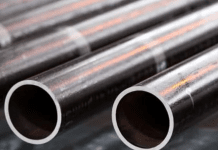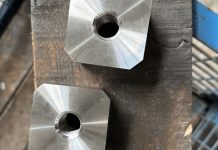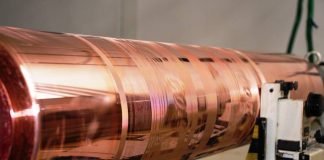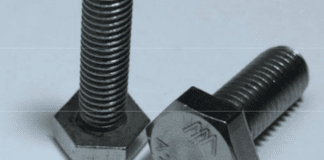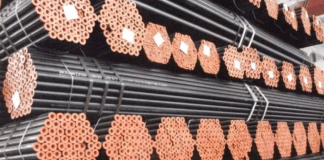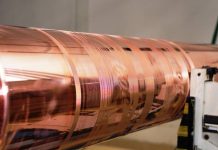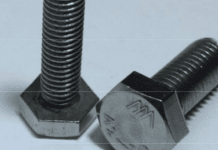Everyone who deals with electric components knows that heat can significantly affect performance. Heat can prevent a device from functioning at optimal levels or worse. It could cause permanent damage to it and its parts.
Using heat sinks is one of the best methods to manage the heat produced by the components. Heat sinks are either multi-finned or aluminum heat exchangers that help dissipate thermal energy effectively. This post will discuss the heat sink design, materials, and applications you need to focus on when choosing the best heat sink.
Heat Sink Design
Aluminum is a popular material used in making heat sinks. The material provides good thermal conductivity. Most aluminium heat sink manufacturers use extrusion in producing the sink. This cost-effective manufacturing process includes performance qualities fit for many applications.
But the extrusion method of manufacturing heatsinks has some limitations, especially in size. It’s because there are limits on extrusion width. It is usually manufactured through bonding for bigger heat sinks, like the turbines at a power plant.
Copper Heat Sink
Another prominent material for heat sinks is copper. Copper has remarkable thermal conductivity qualities. It is also corrosion-resistant. On the negative, it is significantly denser than aluminum and hence heavier, which makes it a terrible choice for applications that are weight sensitive. It is also considerably more expensive than aluminum.
Heat Sink Thermal Resistance
Picking a material for your heat sink depends primarily on one factor – thermal resistance. The component can flow into its surroundings. Resistance should be considered for the entire design.
When a component is attached to its package, the adhesive material is attached, and then the heat sink is attached, there is a certain amount of resistance. Putting these statistics together will provide an overall thermal resistance and help you determine which material and how large a heat sink you should utilize.
The thermal resistance can be reduced in several ways, such by using heat-transfer paste instead of double-sided tape, altering materials, adding or changing the shape of fins.
Active Heat Sink vs. Passive Heat Sink
Another option is to use either an active or passive heat sink in the design of your product. Radiant heat dissipation and any natural air movement are the primary means of removing thermal energy from a passive heat sink. In order to actively remove and shift thermal energy, a functional heat sink uses an extra component, such as a fan or a pump.
Active heat sinks outperform passive heat sinks with similar physical properties, which is not surprising. Finally, there is the physical design of the heat sink itself. The amount of variations for the fins is nearly boundless, with a pin, flared fins, and typical straight choices arranged in endless patterns and arrays.
Many variables influence how well these fins operate. If you think more surface area means better performance, you’re wrong. There are numerous other aspects to consider, such as overall thermal resistance and how air or liquid moves through fins that play a role as well.
Final Thoughts
Keep in mind the above characteristics of the heat sink when choosing, so you will not end up buying the wrong one. The factors discussed above will affect the performance of your device.



